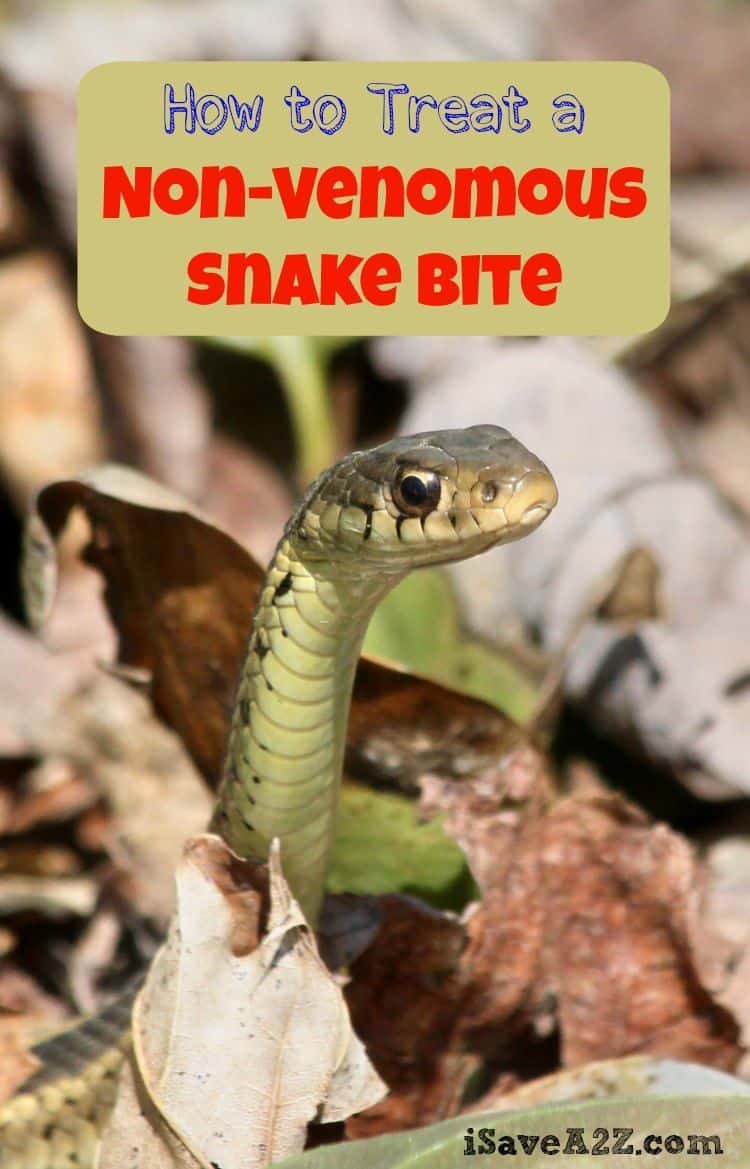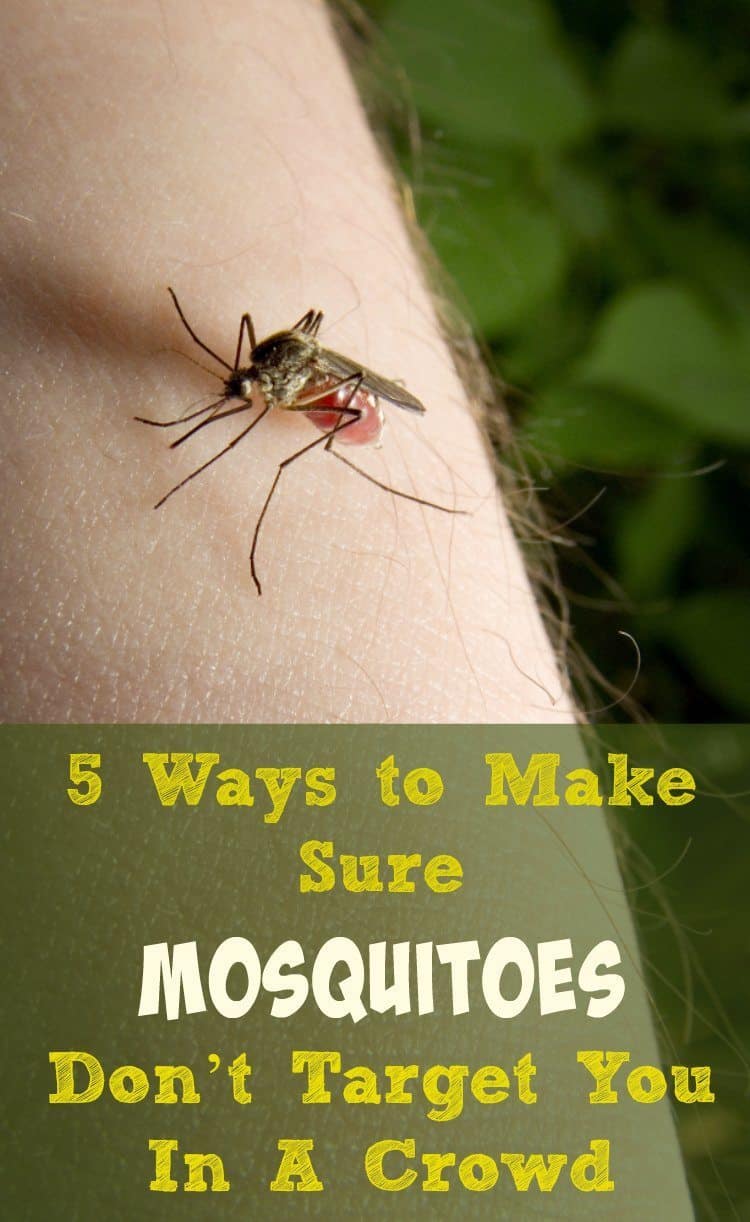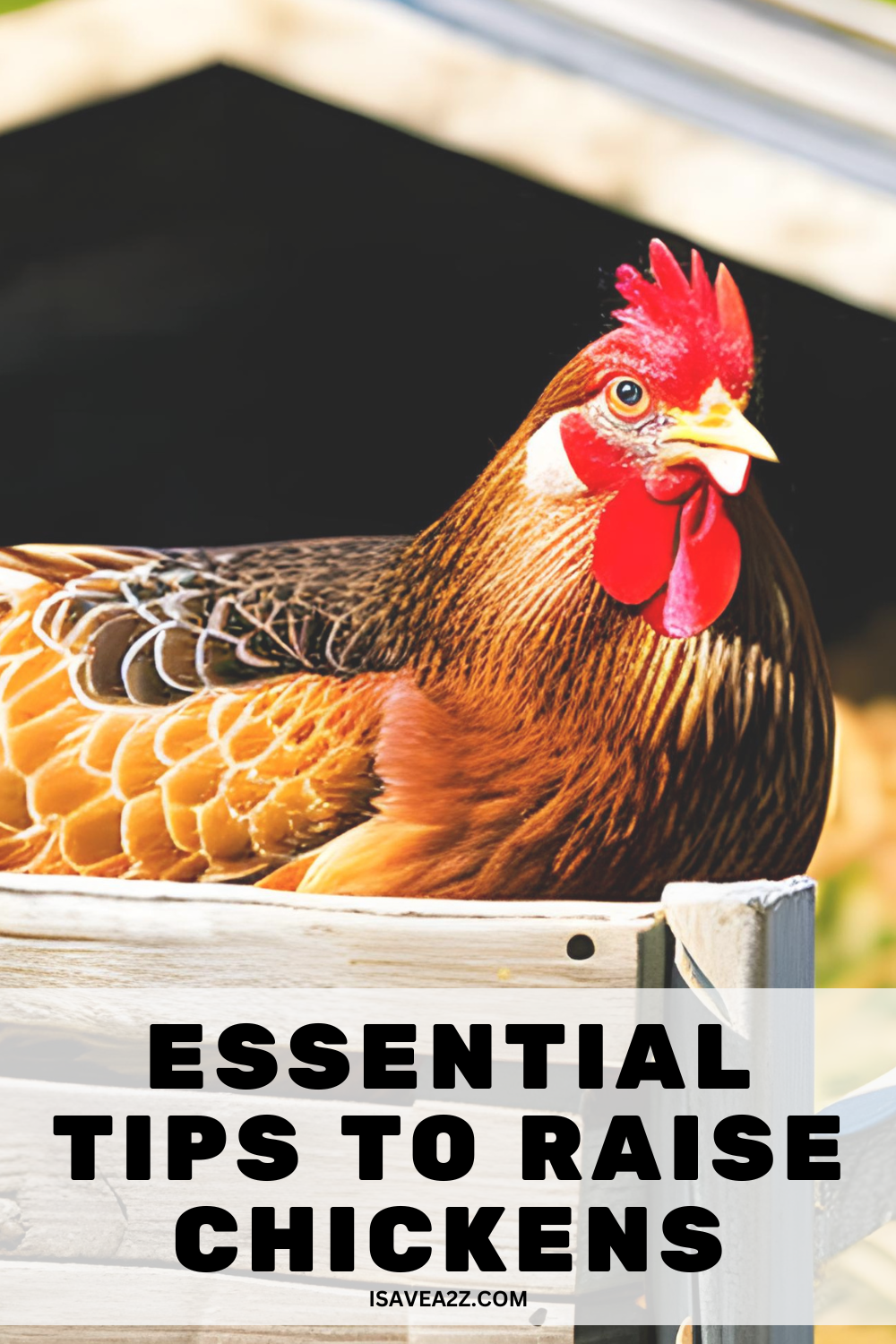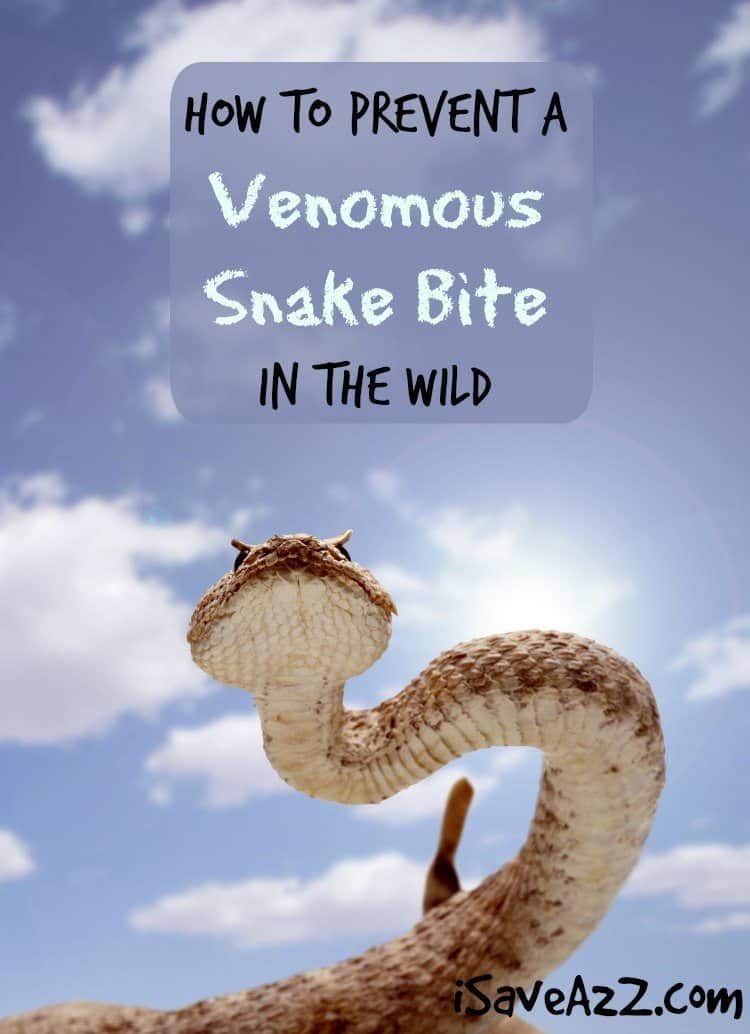How to Treat a Non-Venomous Snake Bite
How to Treat a Non-Venomous Snake Bite
When it comes to snake bites, most people think about the dangerous four….coral snakes, rattlesnakes, cottonmouths and copperheads. These are the four most dangerous snakes found in the United States, after all. They can deliver venom and cause anyone a very bad day if they are bitten. The truth is, however, that very few people are going to ever be bitten by a venomous snake. Snakes want no part of us and we as as society tend to avoid them pretty well. While it is smart to know how to treat a venomous snake bite, it is also important to be prepared for the more likely….a non-venomous snake bite. These are much more common and still require treatment.
Here are some tips for what to do if a non-venomous snake bites you:
First, you need to make absolutely sure that the snake that bit you was, in fact, non-venomous. Going by looks only is dangerous because many snakes look very similar to one another but can have vastly different results with a bite. The first thing to do is to look at the wound. With a venomous snake bite, you will generally have a pair of puncture wounds side by side. Most other snake bites are going to have a series of teeth marks without the two puncture wounds.
Even this method is somewhat flawed, because some venomous snakes can bite with only one fang by accident or not even inject venom. (called a dry bite) You have to take this information as a whole and then figure in the snake’s appearance. Ultimately, how you feel can be important too. If you are bitten by a venomous snake, you will eventually feel it. Don’t wait for that if there is doubt, however. Head to the doctor if you have any doubt about the identity of the snake that bites you.
Assuming you are sure the snake was non-venomous, here are some tips to treat the bite:
First you want to assess the wound. Some snakes have large mouths and can cause a pretty serious bite. Pythons and larger snakes sometimes even cause damage that needs stitches. If you are bitten by a snake and have large cuts, go straight to the doctor for treatment. Not doing so can cause all kinds of blood damage, infection and other problems. Most bites are much more minor, so here is what you do for them.
The first thing you want to do is rinse the wound completely with the cleanest water available. Snakes eat dead prey and can have massive amounts of bacteria in their mouths. This means that you can have the same in your wound and infection can be a problem. Wash thoroughly with water before you bring the soap in.
Next, take a very mild soap that has anti-bacterial properties and wash the wound. Dry it off with a dry material like a washcloth or towel and be careful not to rub.
Leave it uncovered unless you are going to be working with something that could be a problem. (food, medical field, etc)
If the wound does not heal fairly quickly, go to the doctor and don’t be hardheaded! A non-venomous snake bite can be rather serious if infection sets in. The last thing you want is to have major problems when all you needed was a tetanus shot.
If you’re looking for some more survival tips, check out this ultimate survival guide! Keep yourself save too, and get ready an emergency plan for your family!








